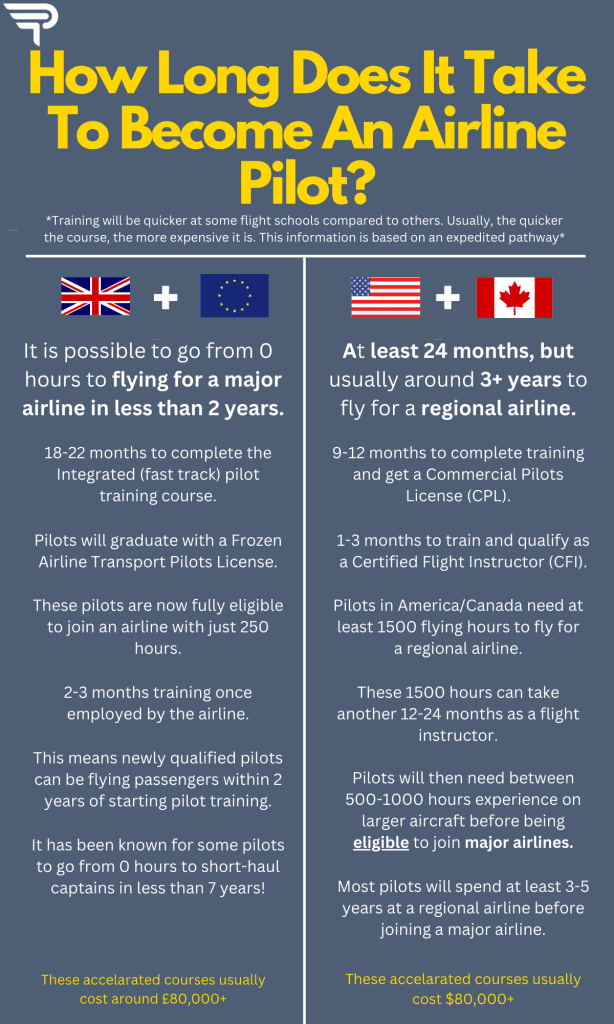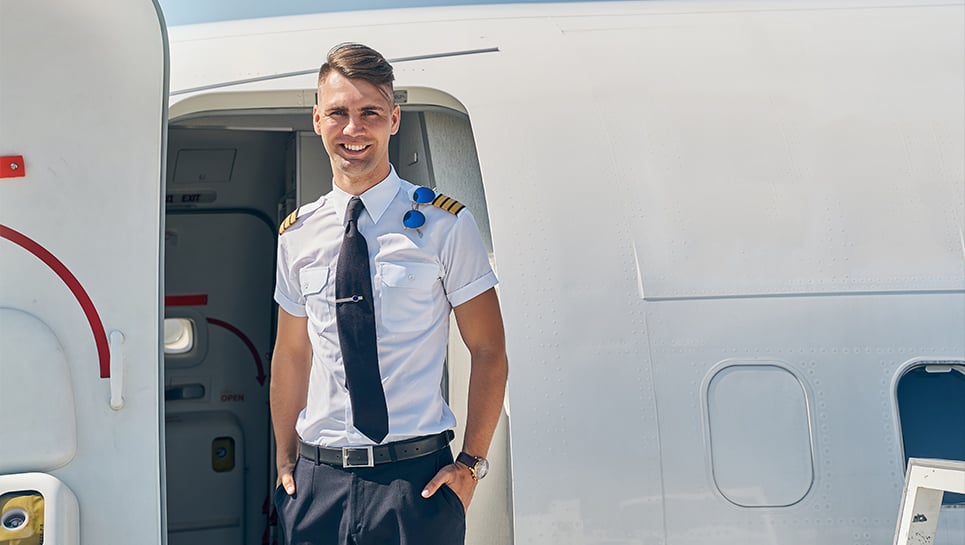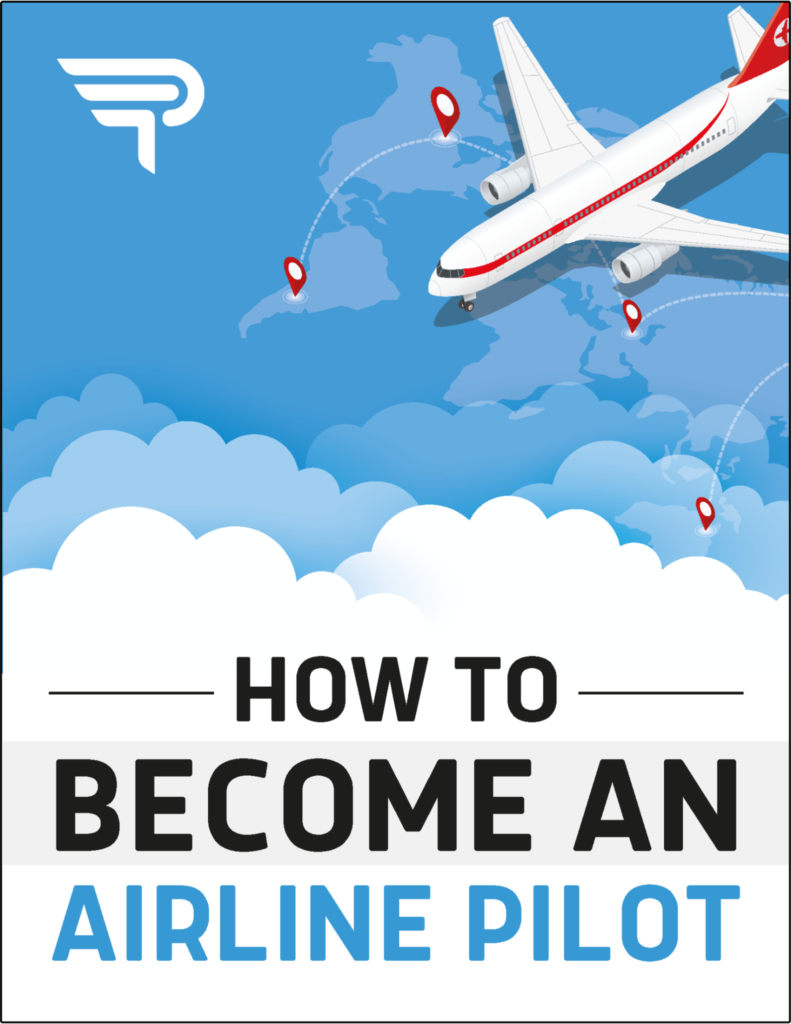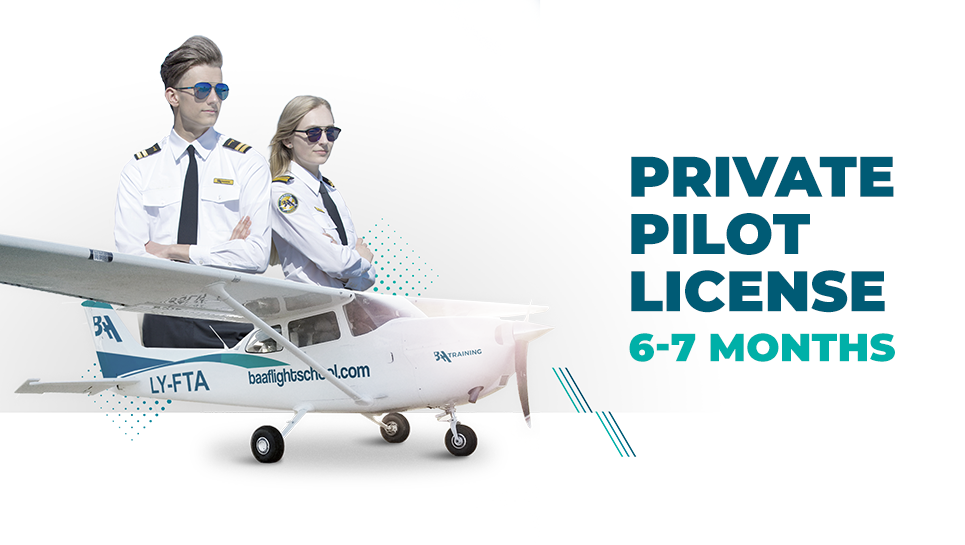Imagine being a pilot, soaring through the skies with the wind rushing past your aircraft. It’s an exhilarating job, but have you ever wondered how long a pilot can actually fly in a day? From sunrise to sunset, there are limits in place to ensure the safety of everyone on board. In this article, we will explore the regulations and guidelines that determine the maximum flight time for pilots. So buckle up and prepare for takeoff as we uncover the answer to the question: What is the longest a pilot can fly in a day?
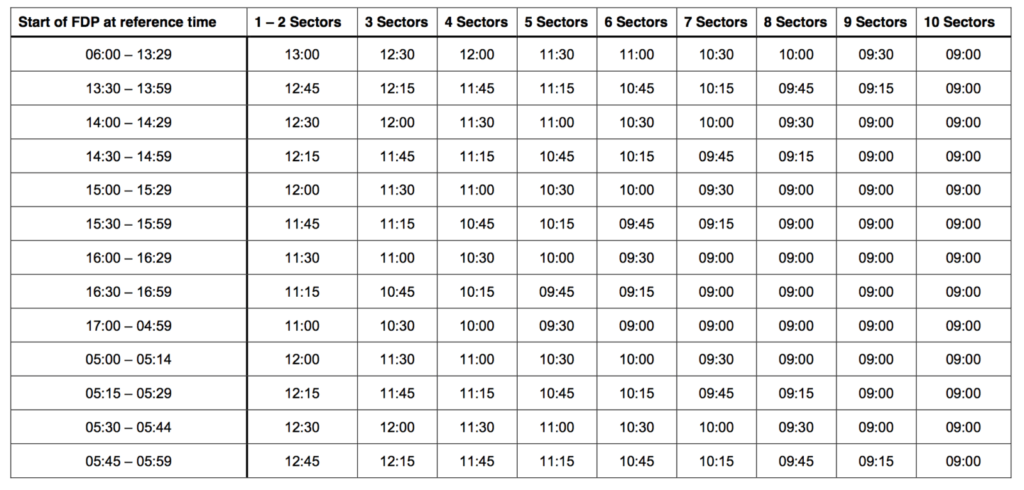
This image is property of www.flightdeckfriend.com.
1. Regulations and Guidelines
Flying a plane requires strict adherence to regulations and guidelines set forth by various aviation authorities. These regulations are put in place to ensure the safety of both the crew and passengers. Three key entities responsible for establishing these regulations are the Federal Aviation Administration (FAA), the International Civil Aviation Organization (ICAO), and the National Aviation Authorities.
1.1 Federal Aviation Administration (FAA)
The FAA, a regulatory body in the United States, sets the standards and regulations for commercial aviation. They are responsible for ensuring that pilots and airlines operate safely and follow the established guidelines. The FAA’s regulations cover a wide range of aspects, including flight time limitations, rest periods, duty extensions, and more.
1.2 International Civil Aviation Organization (ICAO)
The ICAO is a specialized agency under the United Nations that governs and sets the standards for international civil aviation. It works towards establishing uniform regulations and guidelines that are followed globally. The ICAO collaborates with member states to ensure a high level of safety, efficiency, and environmental sustainability in aviation operations.
1.3 National Aviation Authorities
National Aviation Authorities (NAAs) are regulatory bodies that oversee aviation operations within their respective countries. Each country has its own NAA, which enforces and interprets the regulations set by the FAA and ICAO within the national context. These authorities have the responsibility of monitoring and enforcing compliance with the aviation regulations to ensure safe and efficient operations.
2. Duty Time Limits
Duty time limits refer to the maximum amount of time a pilot can be on duty, including both flight and non-flight duty periods. These limits are crucial for ensuring that pilots do not exceed their capacity to safely operate an aircraft. To understand duty time limits, it is essential to be familiar with certain key definitions.
2.1 Definitions
- Duty Time: The total time from the moment a pilot is required to report for duty until the time they are released from duty.
- Flight Duty Period (FDP): The duration of time from when a pilot begins to work on an aircraft for a specific flight until they are released from all responsibilities associated with that flight.
- Rest Period: The uninterrupted time given to a pilot for recuperation between duty periods.
2.2 Flight Duty Period (FDP)
The Flight Duty Period (FDP) is the heart of duty time limits. It defines the maximum duration a pilot can be on duty while performing flight-related tasks. The FDP takes into account factors such as the time of day, the number of takeoffs and landings, and the duration of breaks during the duty period. It is crucial for pilots to adhere to FDP limitations to mitigate the risks associated with fatigue.
2.3 Maximum Flight Time
Flight time limitations specify the maximum amount of time a pilot can spend flying an aircraft within a duty period. These limits vary depending on the type of operation, such as commercial pilots, airline pilots, cargo pilots, and helicopter pilots. The maximum flight time includes both single-flight legs and cumulative flight time within a duty period.
2.4 Minimum Rest Period
To prevent fatigue and ensure pilots have adequate rest, regulations also define minimum rest periods between duty periods. These rest periods provide the necessary time for sleep, recovery, and personal activities. The duration of the rest period depends on factors such as the length of the duty period, the time of day it ended, and the number of takeoffs and landings during the duty period.
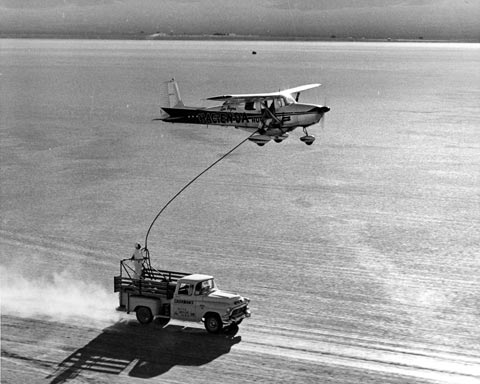
This image is property of www.aopa.org.
3. Flight Time Limitations
Flight time limitations specify the maximum allowable time a pilot can spend operating an aircraft within a given duty period. These limitations are defined for different types of pilots and operations.
3.1 Commercial Pilots
For commercial pilots, the FAA sets flight time limitations based on the type of aircraft and whether the flight is domestic or international. For example, within a 24-hour period, a commercial pilot can fly up to 8 hours if it is a single-pilot operation or up to 9 hours if there are two or more pilots.
3.2 Airline Pilots
Airline pilots, who operate larger aircraft and often fly long-haul flights across multiple time zones, have specific flight time limitations. The FAA allows airline pilots to fly up to 8 or 9 hours, depending on the number of pilots, within a 24-hour period. However, these pilots also have additional duty time limits as determined by their airline’s specific fatigue risk management system.
3.3 Cargo Pilots
Cargo pilots, who primarily transport goods rather than passengers, have flight time limitations similar to commercial pilots. They are subject to the same regulations regarding daily flight time limits based on the number of pilots operating the aircraft.
3.4 Helicopter Pilots
Helicopter pilots, due to the nature of their operations and the unique challenges they face, have specific flight time limitations. These limitations take into account the type of helicopter, the purpose of the flight, and the conditions in which the flight is conducted. Helicopter pilots must adhere to these limitations to ensure safe and efficient operations.
4. Time Zones and Jet Lag
Operating flights across different time zones can have significant effects on pilot performance and well-being. Jet lag, caused by rapid travel across time zones, can disrupt the body’s natural circadian rhythm and lead to fatigue and reduced alertness. Understanding the effects of time zones and implementing strategies to mitigate jet lag is crucial for pilots.
4.1 Effect of Time Zones
Crossing time zones can disrupt a pilot’s internal body clock, leading to symptoms such as fatigue, insomnia, irritability, and decreased cognitive function. These effects can impair a pilot’s ability to perform critical tasks and make timely decisions. Therefore, pilots must be aware of the potential challenges posed by time zone changes and take appropriate measures to mitigate their impact.
4.2 Mitigating Jet Lag
To mitigate the effects of jet lag, pilots can adopt various strategies. These include adjusting sleep schedules before a long-haul flight, staying hydrated, avoiding excessive alcohol and caffeine consumption, and utilizing controlled exposure to light to regulate the body’s circadian rhythm. It is important for pilots to be proactive in managing jet lag to ensure they are fit for duty and can perform their tasks effectively.
4.3 Adjustments for International Flights
International flights often involve crossing multiple time zones, requiring pilots to adjust their body clocks accordingly. To facilitate this adjustment, pilots may follow a process known as “circadian resynchronization.” This process involves gradually shifting sleep schedules and exposure to light to align with the destination time zone. Additionally, airlines may incorporate rest periods and breaks during a long-haul flight to allow for recovery and reduce the effects of jet lag.

This image is property of media.cnn.com.
5. Factors Influencing Longest Flight Duration
Several factors influence the longest flight duration a pilot can undertake. These factors include the type and range of the aircraft, crew composition, fatigue risk management, and weather conditions.
5.1 Aircraft Type and Range
Different types of aircraft have varying capabilities in terms of range and endurance. Larger commercial aircraft designed for long-haul flights can stay airborne for extended periods, allowing pilots to cover greater distances. The fuel capacity, efficiency, and design of the aircraft play vital roles in determining the maximum time a pilot can fly without refueling or resting.
5.2 Crew Composition
The number of pilots onboard an aircraft affects the maximum flight duration. With a larger crew, pilots can participate in a shared rotation of rest breaks, ensuring that at least one pilot remains well-rested and alert throughout the flight. Multi-pilot operations enable longer flight durations while adhering to fatigue management guidelines.
5.3 Fatigue Risk Management
Fatigue risk management is a critical consideration when determining the longest flight duration. The implementation of strategies such as controlled rest breaks, duty-free periods, and effective fatigue risk assessments can mitigate the risks associated with extended flight durations. Airlines and regulatory authorities engage in ongoing research to develop and refine fatigue risk management systems that ensure the safety and well-being of pilots.
5.4 Weather Conditions
Weather conditions, including wind patterns, air pressure systems, and visibility, can significantly impact flight durations. Tailwinds, for example, can increase an aircraft’s groundspeed, allowing it to cover larger distances in a shorter time. Unfavorable weather conditions, such as strong headwinds or thunderstorms, may require pilots to divert or alter their flight paths, potentially affecting the overall duration of the flight.
6. Rest and Break Requirements
Rest and break requirements are essential for maintaining pilot alertness, preventing fatigue, and ensuring safe operations. Regulatory authorities establish specific guidelines regarding the duration and scheduling of rest periods during and between duty periods.
6.1 Required Rest Periods
Pilots are entitled to minimum rest periods to ensure adequate recovery between duty periods. The duration of these rest periods varies depending on factors such as the length of the preceding duty period, the number of takeoffs and landings, and the time of day at which the duty period ends. Compliance with these rest period requirements is crucial for the well-being and readiness of pilots.
6.2 In-Flight Rest Facilities
Some aircraft, especially those used for long-haul flights, may be equipped with in-flight rest facilities. These facilities provide pilots with a designated area for sleep or rest during their duty period. In-flight rest facilities enable pilots to engage in controlled periods of rest, reducing the likelihood of fatigue and enhancing their ability to perform their duties effectively.
6.3 Duty-Free Periods
Duty-free periods are non-flight duty periods designated to provide pilots with free time away from operational responsibilities. These periods allow pilots to engage in personal activities, rest, or relax. By including duty-free periods within duty-time limits, regulatory authorities aim to ensure that pilots have time to properly recover and maintain their overall well-being.

This image is property of www.flightdeckfriend.com.
7. Flight Duty Period Extensions
While duty time limits are critical for maintaining safe operations, there are circumstances that may require flight duty period extensions beyond the prescribed limits. These extensions are subject to specific conditions and considerations.
7.1 Unforeseen Circumstances
Unforeseen circumstances, such as air traffic control delays, weather disruptions, or technical issues, can sometimes jeopardize adherence to duty time limits. In such cases, pilots may be granted flight duty period extensions to ensure the completion of the flight under safe conditions. These extensions are carefully evaluated by airline operations control and must comply with specific regulations and guidelines.
7.2 Medical Requirements
In certain situations, medical conditions or emergencies may arise that necessitate a flight duty period extension. For example, if a pilot falls ill or requires medical attention during a flight, it may be necessary to extend their duty period to ensure the safety of passengers and crew. These extensions are carefully managed and coordinated with medical professionals and regulatory authorities.
7.3 Operational Necessities
Operational necessities, such as the need to complete a critical mission or transport essential personnel or goods, can also lead to flight duty period extensions. These extensions must be justified based on risk assessments and must adhere to the established regulations and guidelines. Airlines and regulatory authorities closely monitor and oversee these extensions to maintain the highest levels of safety and operational integrity.
8. Consequences of Violating Regulations
Violating regulations regarding duty time limits, rest periods, and flight time limitations can have serious consequences for pilots and airlines. It is crucial for pilots to understand and comply with these regulations to maintain safety, mitigate fatigue, and prevent unnecessary legal and regulatory penalties.
8.1 Safety Concerns
The primary concern arising from the violation of regulations is compromised safety. Fatigue resulting from exceeding duty time limits or failing to take adequate rest can impair a pilot’s cognitive ability, decision-making skills, and situational awareness. This can lead to errors, accidents, and potentially catastrophic consequences. Adherence to regulations is the cornerstone of ensuring the safety of pilots, crew members, and passengers.
8.2 Legal and Regulatory Penalties
Violating aviation regulations can lead to legal and regulatory penalties. Pilots found to be in violation may face disciplinary action, suspension of licenses, fines, or even permanent revocation of their flying privileges. Airlines may also face significant penalties, including fines, reputational damage, and the suspension or revocation of their operating certificates. Compliance with regulations is therefore crucial for pilots and airlines to avoid these penalties.
8.3 Pilot’s Responsibility
As professionals responsible for the safety and well-being of themselves and their passengers, pilots have a personal and moral obligation to comply with regulations and guidelines. This responsibility extends to understanding and managing fatigue, adhering to duty time limits and rest requirements, and utilizing effective fatigue risk management strategies. By taking ownership of their duty limitations and prioritizing safety, pilots can contribute to the overall well-being of the aviation industry.
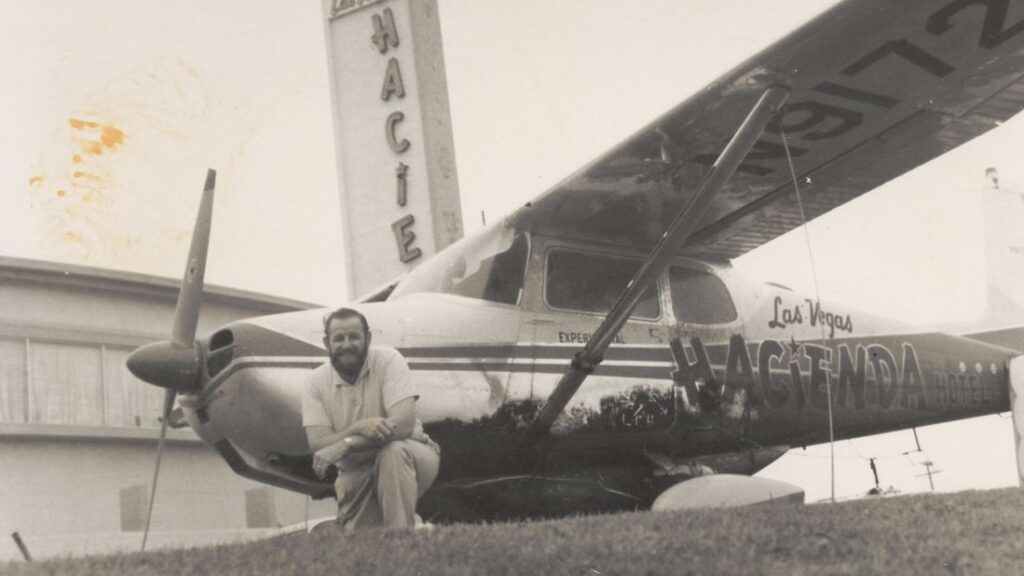
This image is property of media.cnn.com.
9. Pilot Fatigue Management
Effective fatigue management is crucial in preventing fatigue-related incidents and maintaining pilot well-being. Fatigue risk assessment, countermeasures for fatigue, and crew resource management play key roles in managing pilot fatigue.
9.1 Fatigue Risk Assessment
Fatigue risk assessment involves identifying potential fatigue hazards and evaluating the associated risks. This assessment considers factors such as duty time limits, sleep patterns, workload, rest facilities, and the physical and mental demands of the operation. By conducting regular and comprehensive fatigue risk assessments, pilots and airlines can proactively identify and mitigate potential fatigue-related risks.
9.2 Countermeasures for Fatigue
To counteract the effects of fatigue, pilots employ various countermeasures. These may include strategic napping during periods of low workload, consuming caffeine to enhance alertness, participating in exercise or physical activity, and maintaining a healthy diet. Adequate rest, quality sleep, and effective time management also contribute to combating fatigue and optimizing pilot performance.
9.3 Crew Resource Management
Crew resource management (CRM) is a collaborative approach to managing flight operations by utilizing the expertise and resources of all crew members. CRM promotes effective communication, decision-making, and workload distribution. By fostering a supportive and cooperative environment, CRM helps mitigate the risks associated with fatigue and enhances overall flight safety.
10. Longest Recorded Flights
The aviation industry has witnessed impressive records for the longest single-pilot, multi-pilot, and ultralong-haul flights. These records exemplify the advancements in aircraft technology, pilot capabilities, and fatigue management.
10.1 Single-Pilot Flights
Single-pilot flights require exceptional endurance and thorough planning. The longest single-pilot flight record is held by American adventurer Steve Fossett. In 2005, Fossett piloted the Virgin Atlantic GlobalFlyer, an aircraft specifically designed for his attempt, setting a record by completing a non-stop circumnavigation of the Earth in 67 hours and 2 minutes.
10.2 Multi-Pilot Flights
Multi-pilot flights enable longer durations by allowing pilots to rotate rest breaks and share responsibilities. The world record for the longest multi-pilot flight is held by a team of Qantas pilots. In 2019, they completed a test flight from New York to Sydney non-stop, covering a distance of approximately 10,066 miles in just over 19 hours.
10.3 Ultralong-haul Flights
Ultralong-haul flights, typically flown by major international airlines, often involve crossing multiple time zones and covering extensive distances. Singapore Airlines holds the record for the longest commercial flight, operating a non-stop service from Singapore to Newark, covering approximately 9,534 miles. These ultralong-haul flights require careful planning, advanced aircraft capabilities, and comprehensive fatigue management strategies to ensure safe and successful operations.
In conclusion, the regulations, guidelines, and fatigue management strategies imposed by aviation authorities are vital to ensure safe and efficient flight operations. Duty time limits, flight time limitations, rest requirements, and fatigue risk management practices play a crucial role in maintaining pilot well-being and preventing fatigue-related incidents. Compliance with these regulations, along with an understanding of factors such as time zones, crew composition, and aircraft capabilities, contributes to the overall safety of the aviation industry.


